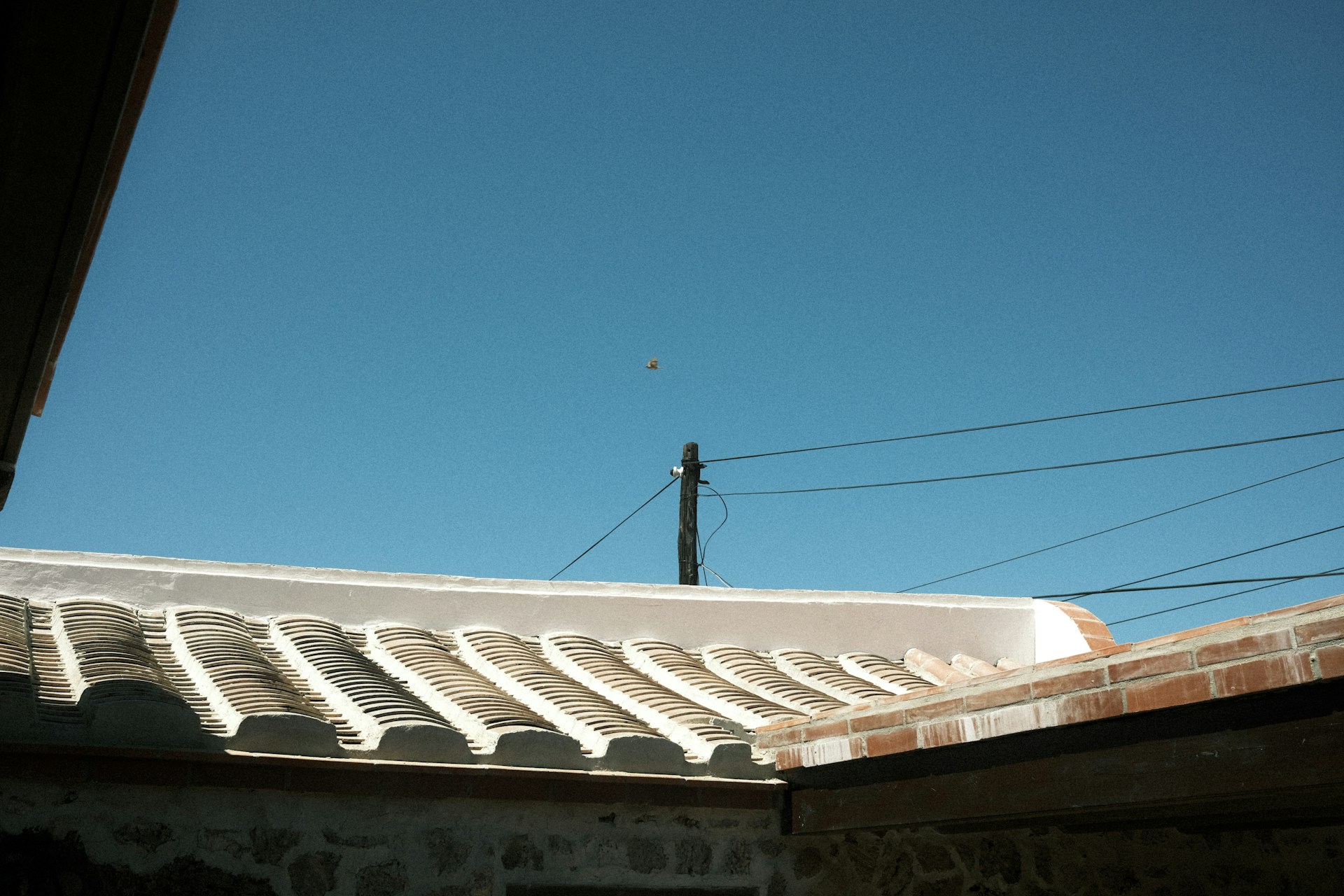Roof flashing is an essential part of maintaining a leak-free roof. It acts as a barrier, directing water away from critical areas such as chimneys, walls, and vent pipes. Despite its importance, flashing often goes unnoticed—until a problem arises. Flashing issues, if ignored, can lead to significant water damage in your home.
Spotting flashing problems early on can save you time and money. It’s helpful to learn about the types and roles of flashing, so you can understand how they work and why they’re crucial for your roof’s health. Knowledge is power, and understanding the basics of roofing components can empower you to tackle common problems effectively.
Taking care of your roof involves more than just repairs. Regular checks and maintenance play a key role in preventing flashing failures. Whether you’re handy with repairs or prefer calling in experts, being informed about roof flashing ensures you’re prepared for any situation. Dive into the ins and outs of handling flashing issues and help keep your roof in great shape.
Understanding Roof Flashing
Roof flashing serves as a crucial component in safeguarding your home from water damage. It functions as a protective barrier, preventing water from seeping into joints and seams on the roof. Understanding the different types of flashing and their specific roles can help you recognize potential issues before they cause more significant problems.
Types of roof flashing include:
- Step flashing: Used where roofs meet walls, guiding water down to the shingles.
- Chimney flashing: Surrounds the base of chimneys to steer water away.
- Valley flashing: Installed where two roof slopes meet, directing water to the gutter.
- Vent pipe flashing: Seals the area where pipes protrude from the roof.
Flashing issues often occur in specific areas, especially where two surfaces intersect. Common areas for problems include valleys, around chimneys, skylights, and vent pipes. These spots are prone to leaks because they experience more wear over time from wind and rain. Being aware of these vulnerable locations allows you to keep an eye out for potential problems.
Identifying Flashing Problems
Knowing how to spot flashing issues is the next logical step. Signs of flashing damage or wear can include visible rust, cracks, or gaps where the flashing should seal tightly against the roof or wall. You might also see water stains or leaks inside your home, especially after heavy rain.
Inspecting your roof’s flashing doesn’t require high-tech tools, but a few basic items are handy. A pair of binoculars allows you to conduct a visual check from the ground. A ladder provides a closer look if safe and stable access is available. Begin by looking at the common problem areas for signs of wear or damage.
Some techniques for inspection include:
- Performing regular visual inspections, especially after storms.
- Checking for any missing or loose pieces of flashing.
- Ensuring that the edges of the flashing lie flat and tight against the roof.
By using these tools and techniques, you can identify issues early on and make informed decisions about repairs. Detecting flashing problems at the earliest signs can help avoid costly damage and keep your roof in excellent condition.
DIY Repair and Maintenance Tips
If you’ve found minor flashing issues, some repairs can be manageable on your own. Basic steps involve sealing small gaps with roofing cement or replacing damaged sections of flashing. Cleaning the area before applying any sealant ensures better adhesion. Use a trowel to apply a thick, even layer of roofing cement over the gaps or loose sections.
Here are some simple steps for minor flashing repairs:
1. Clean the area with a wire brush to remove debris and oxidation.
2. Gently lift the flashing to check for rust or damage underneath.
3. Apply roofing cement to seal any cracks or small gaps.
4. For loose flashing, secure it with masonry or roofing nails.
Regular maintenance can prevent flashing problems from reoccurring. Check your flashing twice a year, ideally in spring and fall. Clean away any debris that may block water flow around areas with flashing. Also, keep a lookout for signs of wear following heavy storms.
When to Call the Experts
Not every flashing problem is suitable for a DIY fix. If the damage is extensive, or the repair seems too complex, it might be time to call in professionals. Large or recurring leaks, extensive rust, or flashing installed incorrectly demand expert attention. Knowing when to step back and seek professional help ensures safety and effective problem resolution.
Professional roofers have the skills and tools to address serious issues. They can offer a complete inspection, which often reveals hidden problems that can go unnoticed by an untrained eye. They are also equipped to work safely at heights and access hard-to-reach areas of your roof.
Benefits of hiring professional roofing services include:
- In-depth inspection and reliable repair solutions
- Tradesmen trained in safe roofing practices
- Warranties on work completed
A professional can provide peace of mind, ensuring your roof flashing serves its purpose while enhancing the overall health of your roof.
Conclusion
Handling flashing issues promptly preserves the longevity and integrity of your roof. With basic understanding and some DIY skills, you can manage minor repairs and ensure regular maintenance. However, professional help is sometimes necessary to tackle more complex problems. By maintaining your roof flashing, you’re investing in the safety and comfort of your home, preventing potential leaks and costly damages.
Ensuring your roof’s flashing is in top condition doesn’t have to be a daunting task. Whether you’re ready to take on small roofing repairs or need a professional’s touch, James Kate Roofing & Sola is here to assist. Our team of experienced professionals can handle any roofing challenge, offering expert advice and service tailored to your needs. Reach out to us today to keep your home safe and secure.

